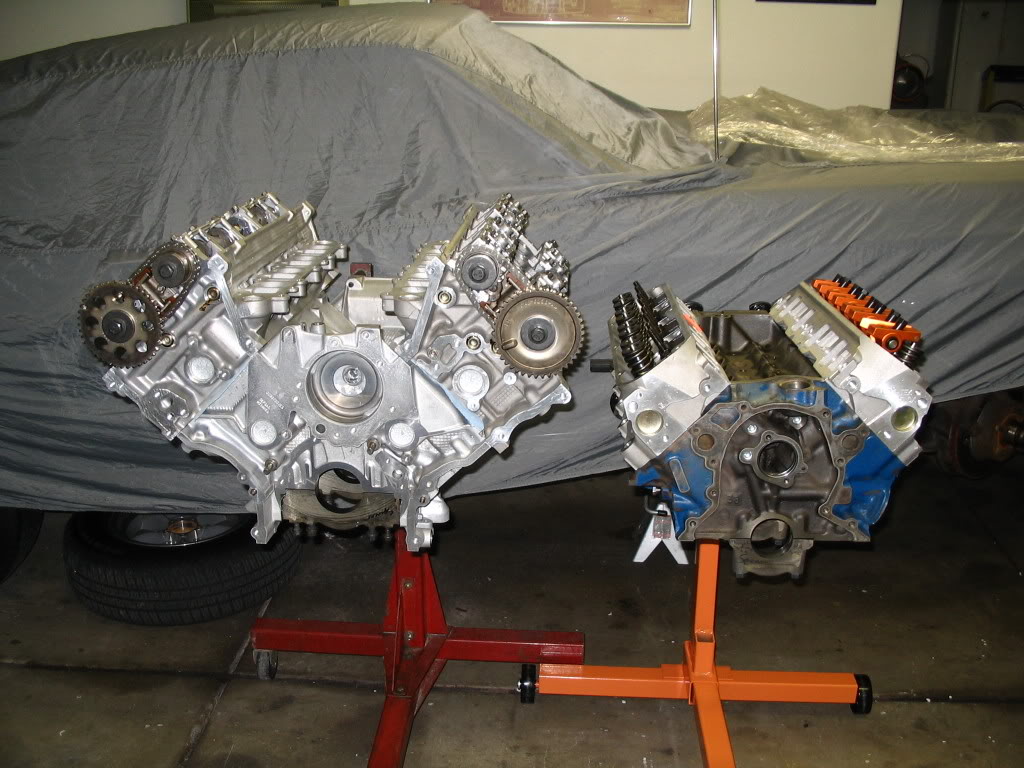nicholastanguma
New York City
As Ford and GM were moving away from their older v8 engine designs and consolidating engine families they chose 2 very different paths. It seems to me like Ford has gone through a bit more experimentation and growing pains with their modular design than has GM with their LS. It is interesting that when Ford decided on a clean sheet truck engine not to be shared with their car line that they decided on 2 valve pushrod rather than OHC. I believe that the engineers in those 2 companies know far more about engine design than any of us do.
The new corvette would be a perfect showcase for a 4 valve pushrod engine if Chevy wants to push the envelope and finds enough of a performance advantage in the design.
Back when GM was releasing the LS crate engine lineup one of the program's engineers recounted how the team had experimented with OHC configurations in the R and D phase, but found that they could build an engine about 400.00 USD cheaper by sticking with pushrods instead. I think they found a way to make the LS 2 valve magic happen because of nothing more than necessary bean counting, not because "4 valves really isn't better."

